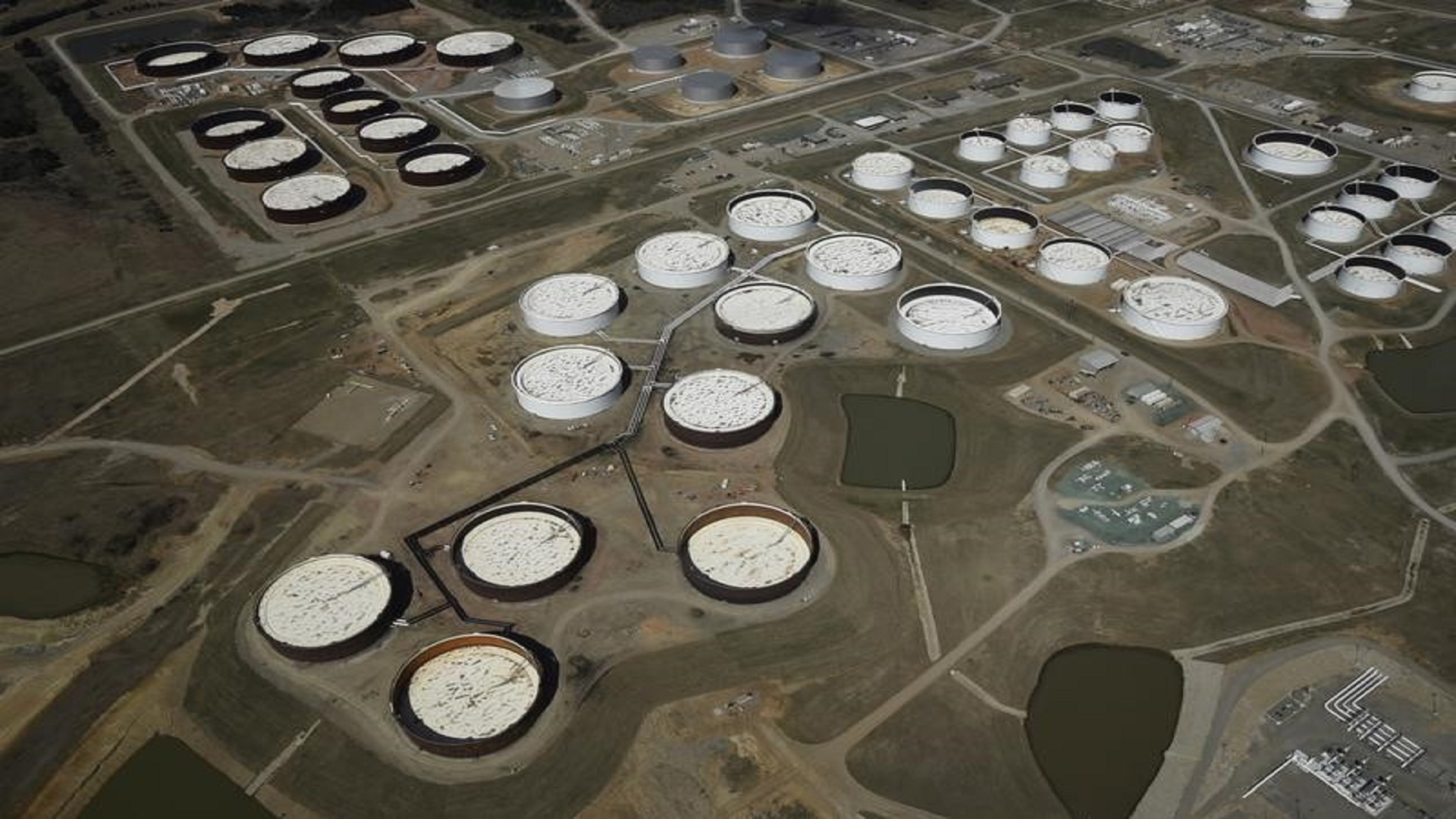Image: FILE PHOTO: Crude oil storage tanks are seen from above at the Cushing oil hub, in Cushing, Oklahoma, U.S., in this March 24, 2016. REUTERS/Nick Oxford/File Photo
![]()
By Julia Simon
NEW YORK (Reuters) – Oil prices were mixed on Thursday, with Brent crude down on concerns that key producers were still adding to the global crude glut but U.S. crude up slightly after a larger-than-expected domestic inventory drawdown.
U.S. crude futures <CLc1> settled up 4 cents at $48.36 a barrel, while Brent <LCOc1> ended down 13 cents at $50.63. After settlement, both benchmarks fell, failing to sustain the lift from the morning news of declining U.S. crude and gasoline stocks.
“Eight straight weeks of declining crude and the market is barely up,” said Gene McGillian, manager of market research at Tradition Energy in Stamford, Connecticut. “The market is telling us that unless we have significant inventory draws, the idea that we’re going to have stronger prices doesn’t look to be realistic.”
Weekly data from the U.S. Energy Information Administration (EIA) showed crude inventories dropped 6.4 million barrels, exceeding the 4.4 million-barrel drop forecast. Gasoline inventories also dropped sharply ahead of the start of the summer driving season, the EIA said.
On Wednesday, a Reuters survey found output from the Organization of the Petroleum Exporting Countries (OPEC) rose in May, the first monthly increase this year, as higher supply from two states exempt from a production-cutting deal, Nigeria and Libya, offset improved compliance with the accord by others..
U.S. production increased, and the expectation is that ongoing activity in U.S. shale will continue to boost output, offsetting OPEC efforts.
OPEC and other producers, including Russia, have agreed to restrict output by 1.8 million bpd to drain stockpiles that are close to record highs in many parts of the world.
U.S. production is closing in on levels from top producers Russia and Saudi Arabia. It hit 9.34 million bpd last week, highest since August 2015.
In Libya, output has recovered to 827,000 bpd after technical problems were resolved at the Sharara field.
On Thursday OPEC Secretary-General Mohammad Barkindo said to an economic forum in Russia that it was too early to say when production caps could be imposed on Libya and Nigeria as they have a lot of issues to solve.
The group, however, last week discussed cutting output by a further 1 to 1.5 percent, and could revisit the proposal should inventories remain high and continue to weigh on prices, sources said.
Russia, which has cut production by 300,000 bpd under the deal, could increase production next year to as much as 11.07 million bpd, the country’s deputy energy minister told Reuters.
(Additional reporting by Christopher Johnson and Ahmad Ghaddar in London, Aaron Sheldrick in Tokyo; Editing by Marguerita Choy and David Gregorio)
Copyright 2017 Thomson Reuters. Click for Restrictions.


